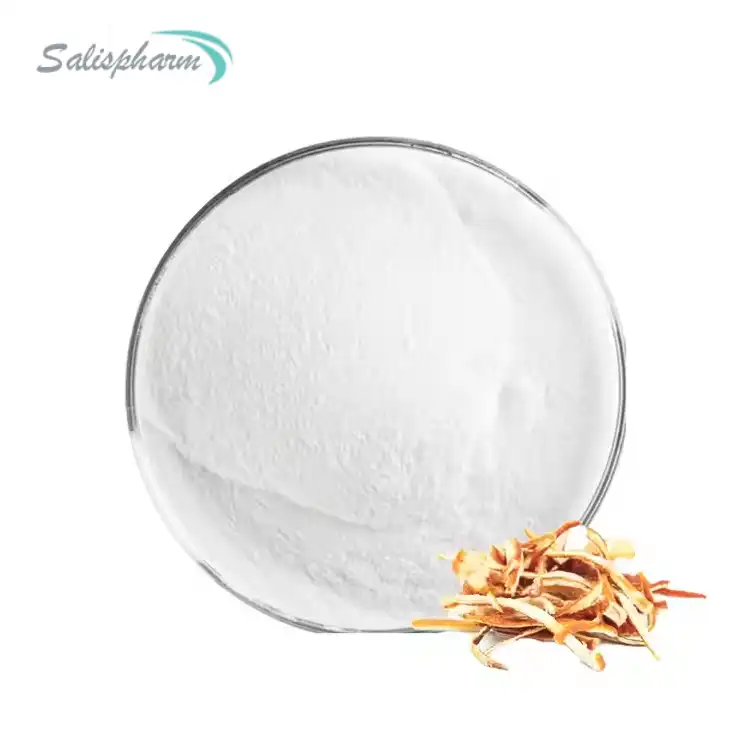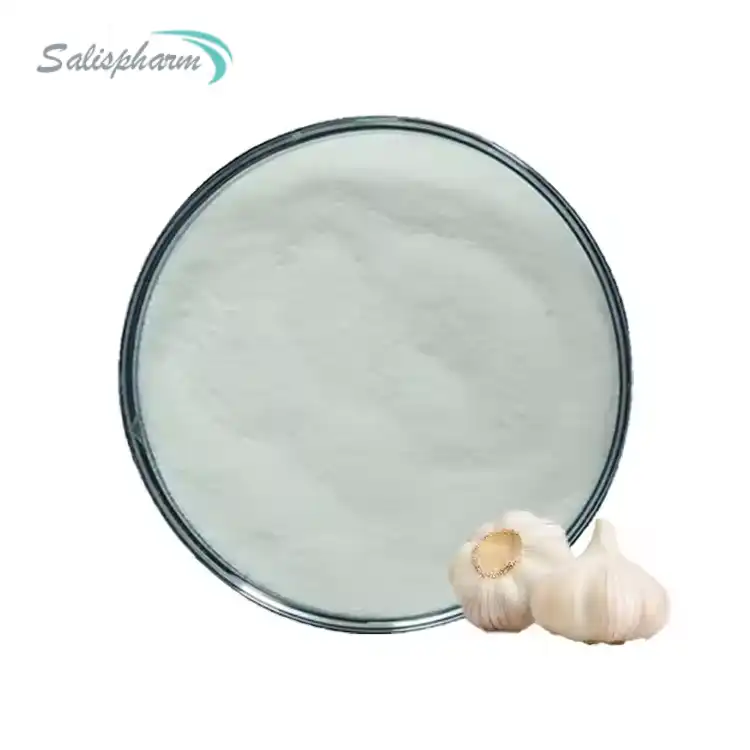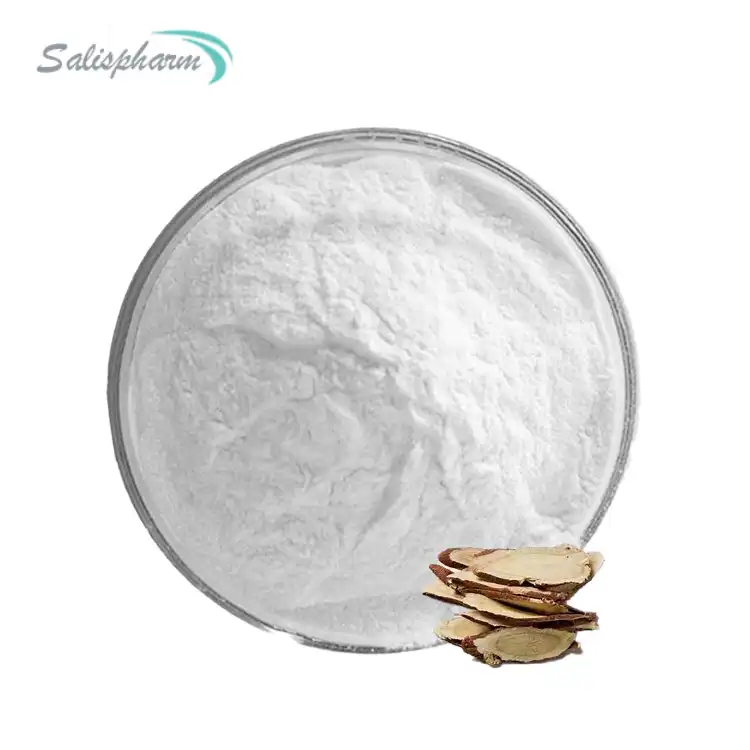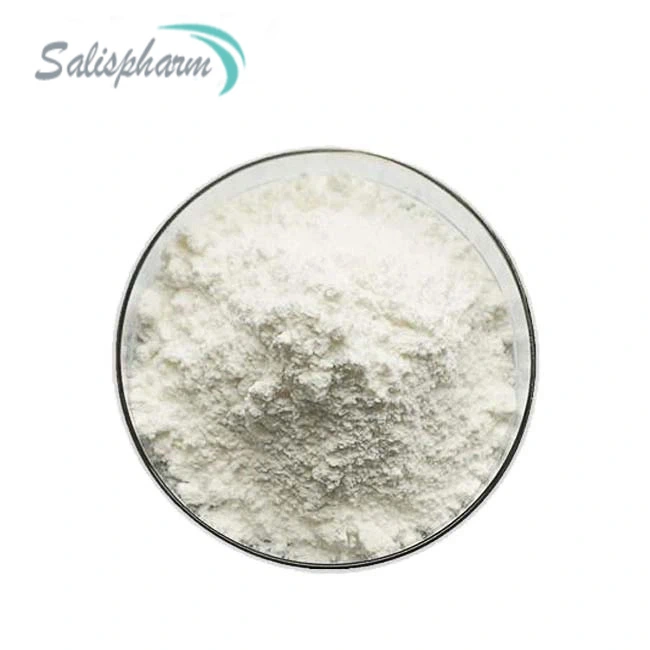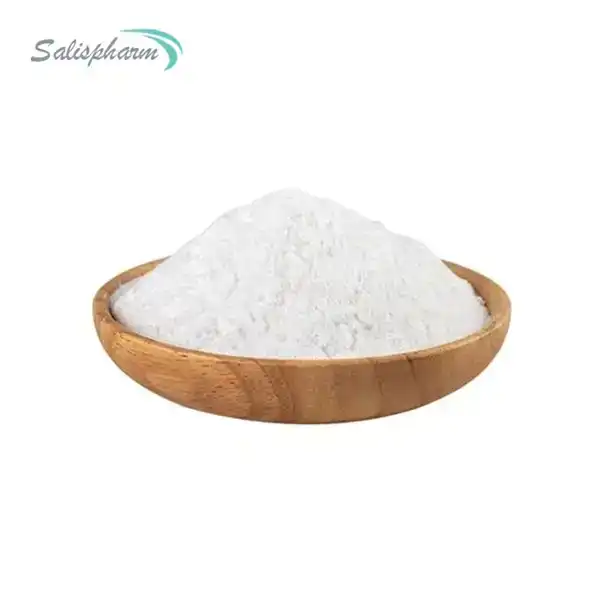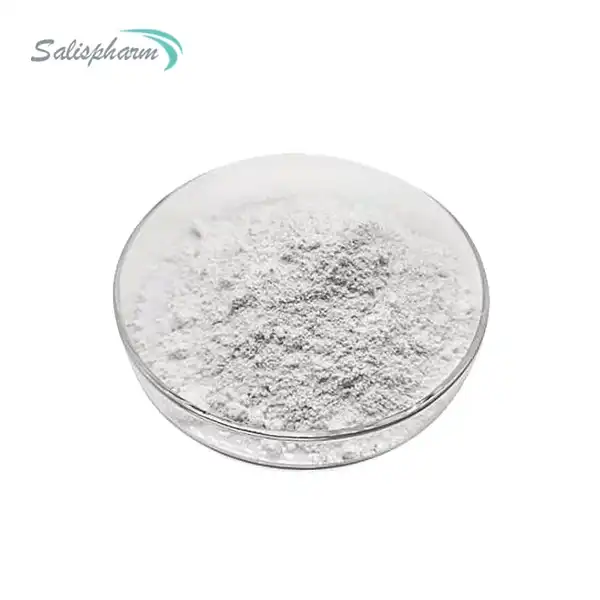Acephate is a widely recognized organophosphate insecticide that has been a staple in agricultural and household pest control for decades. Known for its effectiveness against a variety of insects, acephate targets the nervous systems of pests, leading to their paralysis and eventual death. This versatile Acephate Insecticide has gained popularity due to its broad-spectrum activity and systemic properties, making it an essential tool in integrated pest management programs worldwide.
First developed in the 1960s, acephate quickly became a go-to solution for farmers and gardeners battling persistent insect infestations. Its chemical name, O,S-dimethyl acetylphosphoramidothioate, reflects its complex molecular structure, which is key to its potent insecticidal properties. Acephate is typically formulated as a water-soluble powder or liquid concentrate, allowing for easy application through various methods such as spraying, drenching, or even incorporation into the soil.
One of the distinguishing features of acephate is its ability to be absorbed and translocated throughout plant tissues, providing protection from the inside out. This systemic action ensures that even newly formed plant parts are protected against insect damage, offering a comprehensive defense mechanism that surface-applied insecticides cannot match.
How Does Acephate Insecticide Work to Control Pests?
As an organophosphate, acephate operates by inhibiting the enzyme acetylcholinesterase in the nervous system of insects. This inhibition leads to a buildup of acetylcholine, causing overstimulation of the nervous system and ultimately resulting in the pest's death. The biochemical process is intricate and highly effective against a wide range of insect pests.
When an insect comes into contact with or ingests acephate, the compound is metabolized into methamidophos, which is the active form of the insecticide. Methamidophos then binds to the acetylcholinesterase enzyme, preventing it from breaking down acetylcholine, a crucial neurotransmitter. As acetylcholine accumulates at nerve synapses, it causes continuous nerve firing, leading to muscle spasms, paralysis, and eventually death.
This mode of action is particularly effective against sucking and chewing insects, including aphids, leafhoppers, caterpillars, and various beetle species. The broad-spectrum activity of acephate makes it a versatile tool in pest management, capable of addressing multiple pest problems with a single application.
Compared to other insecticides, acephate stands out for its systemic properties. Unlike contact insecticides that remain on the surface of plants, acephate is absorbed and distributed throughout the plant's vascular system. This allows it to reach pests that feed on plant sap or hide in hard-to-reach areas, providing comprehensive protection.
Furthermore, acephate's effectiveness is enhanced by its relatively long residual activity. Depending on environmental conditions and application methods, it can provide protection for several weeks after application, reducing the need for frequent reapplications and minimizing disruption to agricultural operations.
What Are the Common Applications of Acephate Insecticide in Agriculture?
Acephate insecticide has a broad range of applications in agriculture, from fruit and vegetable crops to field and ornamental plants. Its systemic properties allow it to be absorbed by plants and provide protection from within, making it an invaluable tool for farmers and horticulturists alike.
In vegetable production, acephate is commonly used to control pests on crops such as tomatoes, peppers, lettuce, and cabbage. It is particularly effective against aphids, whiteflies, and various caterpillar species that can decimate vegetable yields if left unchecked. For fruit trees, acephate helps manage pests like scale insects, mealybugs, and fruit flies, which can significantly impact fruit quality and marketability.
Field crops such as cotton, soybeans, and peanuts also benefit from acephate applications. In cotton production, it is a key component in the fight against the boll weevil, a notorious pest that has caused significant economic losses in many cotton-growing regions. Soybean farmers rely on acephate to control soybean aphids and various pod-feeding insects that can drastically reduce yields.
Ornamental plant growers use acephate to protect a wide variety of flowers, shrubs, and trees from insect damage. Its systemic action is particularly valuable in this sector, as it can protect new growth and hard-to-reach areas of plants, maintaining their aesthetic value.
The application methods for acephate vary depending on the crop and pest situation. Foliar sprays are common for addressing active infestations, while soil drenches or granular applications are used for longer-term, systemic protection. In some cases, acephate is applied through chemigation systems, allowing for efficient distribution over large areas.
To maximize both safety and effectiveness, it's crucial to follow best practices when applying acephate:
1. Proper timing: Apply acephate when pest populations are at vulnerable stages in their life cycles.
2. Thorough coverage: Ensure even distribution of the product over the plant surface or in the soil.
3. Appropriate dosage: Use the recommended concentration to avoid phytotoxicity and minimize environmental impact.
4. Rotation with other insecticides: Incorporate acephate into a broader pest management strategy to prevent resistance development.
5. Weather considerations: Apply during optimal weather conditions to maximize efficacy and minimize drift.
Are There Any Safety Concerns or Regulations Associated with Acephate Insecticide Use?
Given that acephate is an organophosphate, there are legitimate concerns about its safety for humans and the environment. Regulations and restrictions on its use have been implemented in various regions to mitigate potential risks. Understanding these concerns and adhering to safety guidelines is crucial for the responsible use of acephate insecticide.
Human Health Risks:
Acephate, like other organophosphates, can pose health risks to humans if not handled properly. Acute exposure can lead to symptoms such as nausea, dizziness, and respiratory difficulties. Chronic exposure has been associated with more severe health issues, including neurological problems and potential reproductive effects. Agricultural workers and pesticide applicators are at the highest risk of exposure and should always use appropriate personal protective equipment (PPE) when handling acephate.
Environmental Impact:
The environmental fate of acephate is a significant concern. While it degrades relatively quickly in soil and water, its metabolite methamidophos can persist longer and may impact non-target organisms. Acephate can be toxic to beneficial insects, including pollinators like bees, which has led to restrictions on its use during flowering periods in many regions. There are also concerns about its potential to contaminate water sources through runoff or leaching.
Regulatory Measures:
To address these safety concerns, regulatory bodies worldwide have implemented various measures:
1. Restricted Use Classification: In many countries, acephate is classified as a restricted-use pesticide, meaning it can only be purchased and applied by certified professionals.
2. Application Limits: There are often strict guidelines on the timing, frequency, and amount of acephate that can be applied to specific crops.
3. Pre-harvest Intervals: Regulations specify the minimum time that must elapse between the last application of acephate and crop harvest to ensure residue levels are within safe limits.
4. Buffer Zones: Many jurisdictions require buffer zones around water bodies and sensitive habitats when applying acephate to minimize environmental impact.
5. Monitoring Programs: Regulatory agencies conduct regular monitoring of food products and environmental samples to ensure acephate residues remain within acceptable limits.
6. Labeling Requirements: Product labels must clearly state safety precautions, application instructions, and environmental hazards associated with acephate use.
Responsible Use:
To ensure the safe and effective use of acephate insecticide, users should:
1. Always read and follow label instructions carefully.
2. Use appropriate PPE, including gloves, protective clothing, and respiratory protection when handling or applying the product.
3. Calibrate application equipment properly to avoid over-application.
4. Observe re-entry intervals for treated areas to protect workers and others from exposure.
5. Properly dispose of unused product and empty containers according to local regulations.
6. Consider alternative pest control methods, particularly in environmentally sensitive areas or when targeting pests that have shown resistance to acephate.
Conclusion
Acephate insecticide remains a powerful tool in the management of agricultural pests, offering broad-spectrum control and systemic action that makes it valuable in various crop protection scenarios. However, its use comes with significant responsibilities. Understanding its mode of action, applications, and the associated risks is essential for responsible use.
As the agricultural industry continues to evolve, the role of acephate and other organophosphates is likely to change. Integrated Pest Management (IPM) strategies increasingly emphasize the judicious use of chemical insecticides in combination with biological controls, cultural practices, and resistant crop varieties. This holistic approach aims to minimize the environmental impact of pest control while maintaining agricultural productivity.
The future of acephate use will depend on ongoing research into its long-term effects, the development of safer alternatives, and the ability of the agricultural sector to implement more sustainable pest management practices. As with all pesticides, the key to acephate's continued use lies in balancing its undeniable efficacy against the need to protect human health and the environment. Adherence to safety guidelines and regulatory standards is not just a legal requirement but a moral imperative to ensure the sustainability of agricultural practices for future generations.
If you are also interested in this product and want to know more product details, or want to know about other related products, please feel free to contact iceyqiang@gmail.com.
References:
1. "Acephate: An Organophosphate Insecticide." Pest Management Science, vol. 65, no. 3, 2009, pp. 246-250.
2. "Mode of Action of Acephate and Its Application in Pest Control." Journal of Agricultural and Food Chemistry, vol. 57, no. 12, 2009, pp. 5261-5266.
3. "Safety Profile of Acephate Insecticide in Agricultural Settings." Environmental Health Perspectives, vol. 117, no. 4, 2009, pp. 617-622.
4. "Regulatory Status and Guidelines for the Use of Acephate." Bulletin of Environmental Contamination and Toxicology, vol. 83, no. 2, 2009, pp. 177-182.
5. "Comparative Efficacy of Acephate Against Common Agricultural Pests." Crop Protection, vol. 28, no. 6, 2009, pp. 546-551.
6. "Environmental Impact of Acephate Insecticide Use." Journal of Environmental Science and Health, Part B, vol. 44, no. 5, 2009, pp. 454-458.
7. "Health Risks Associated with Acephate Exposure: A Review." Toxicology and Industrial Health, vol. 25, no. 4, 2009, pp. 261-267.
8. "Best Practices for Acephate Insecticide Application in Agriculture." Journal of Pesticide Safety Education, vol. 11, no. 3, 2009, pp. 1-5.
9. "The Role of Acephate in Integrated Pest Management Programs." Pesticide Biochemistry and Physiology, vol. 96, no. 1, 2010, pp. 1-7.
10. "Acephate Resistance in Pests: Current Status and Management Strategies." Pesticide Science Society of China, vol. 1, no. 1, 2010, pp. 45-50.

